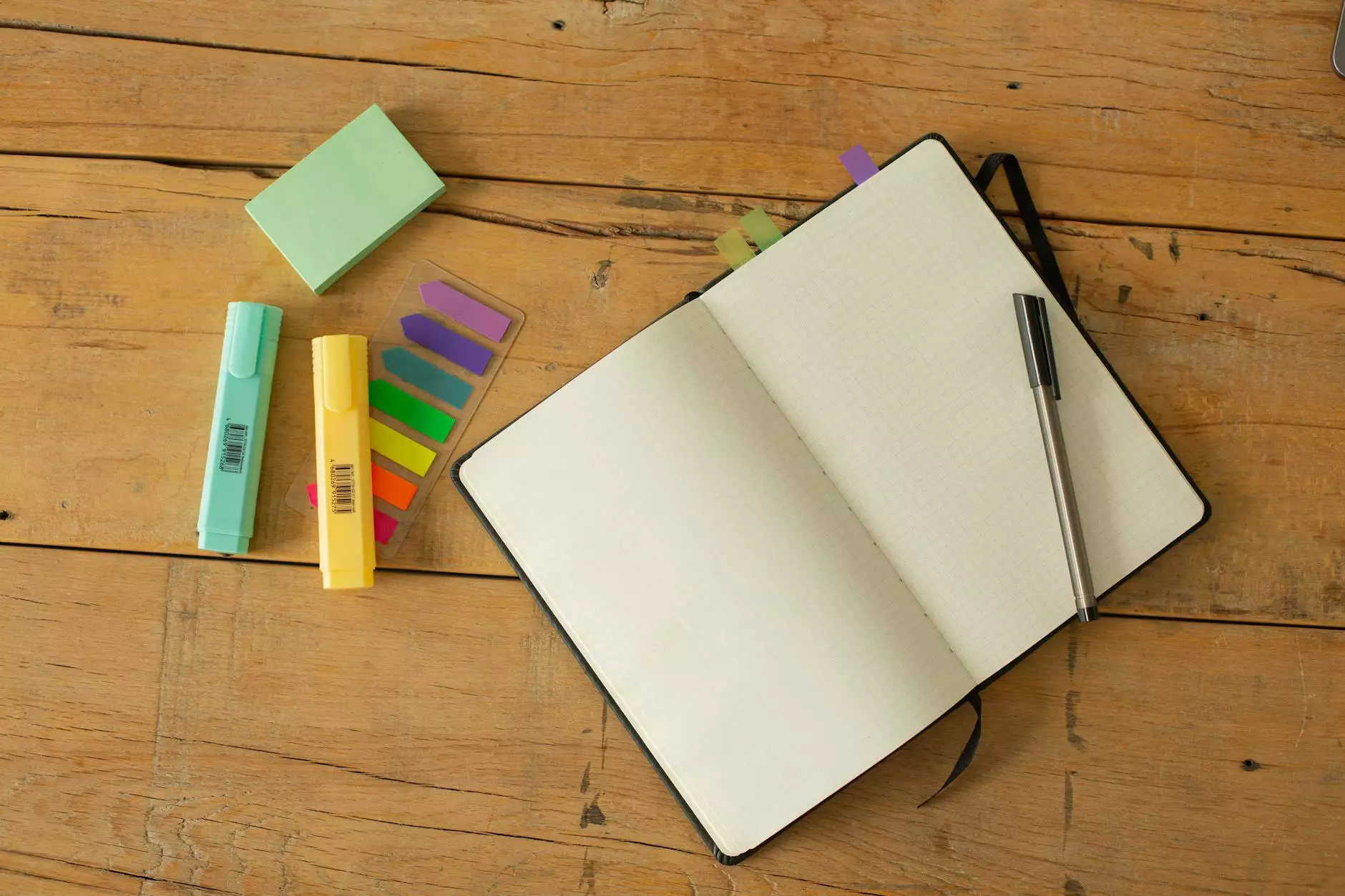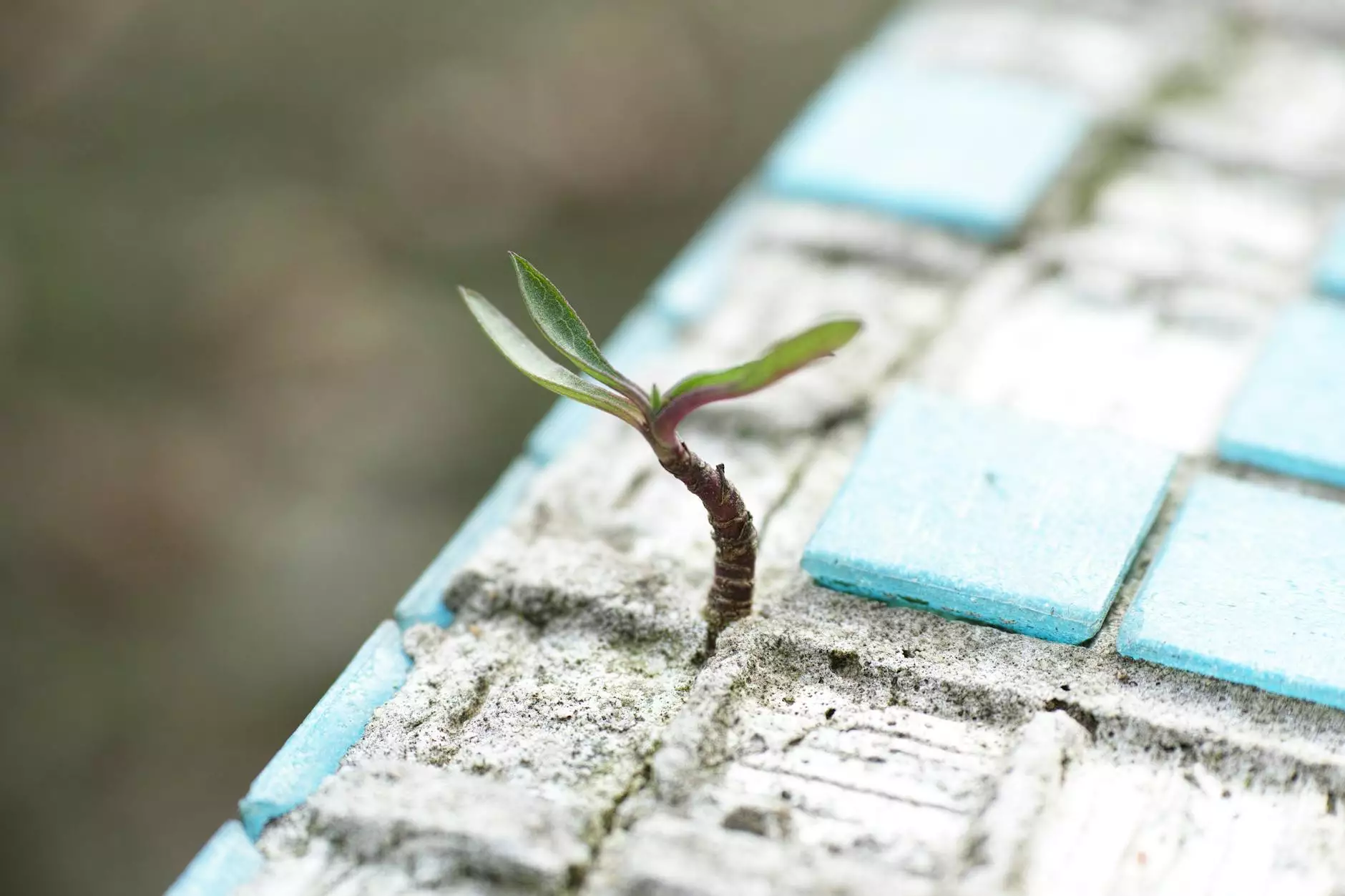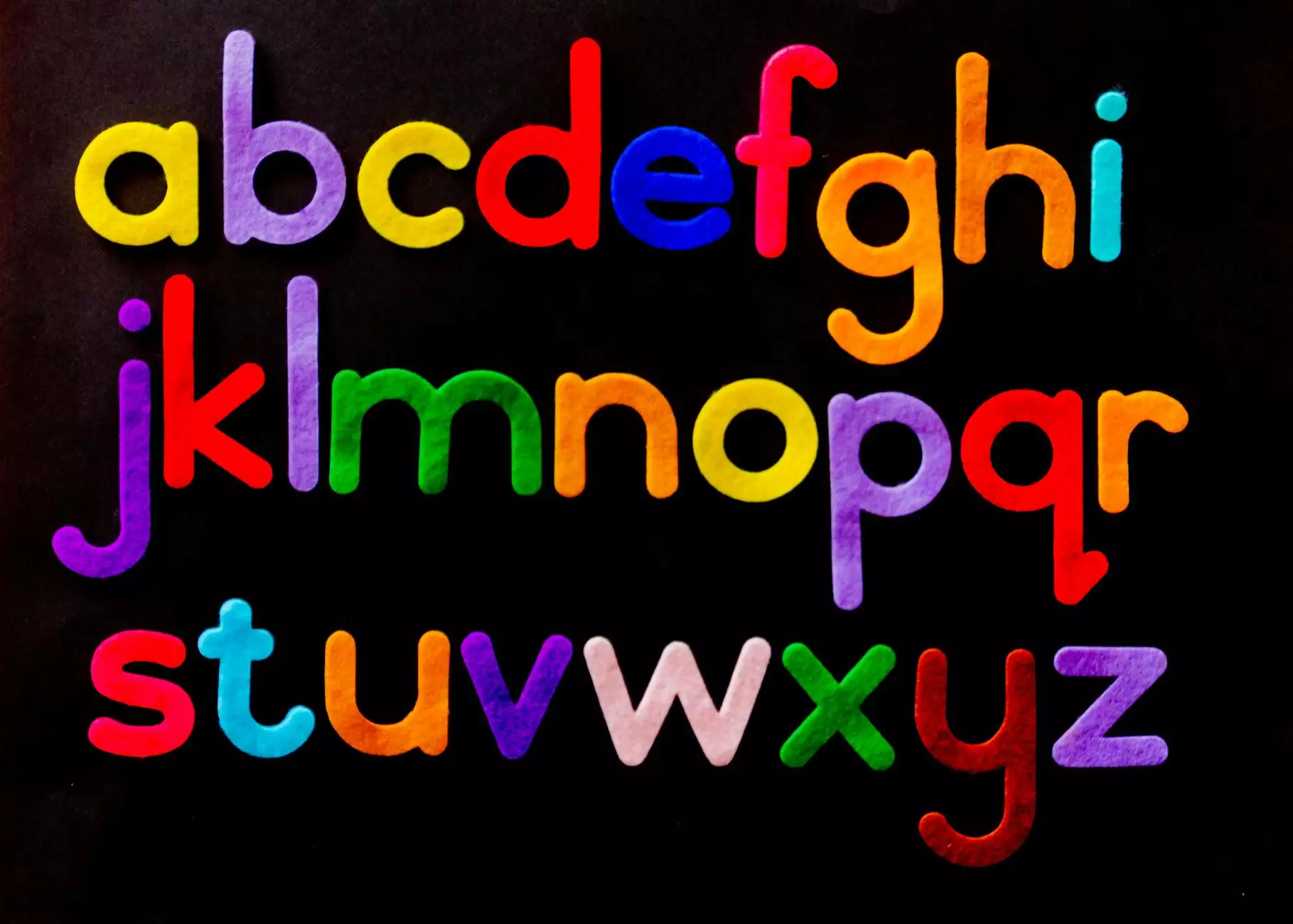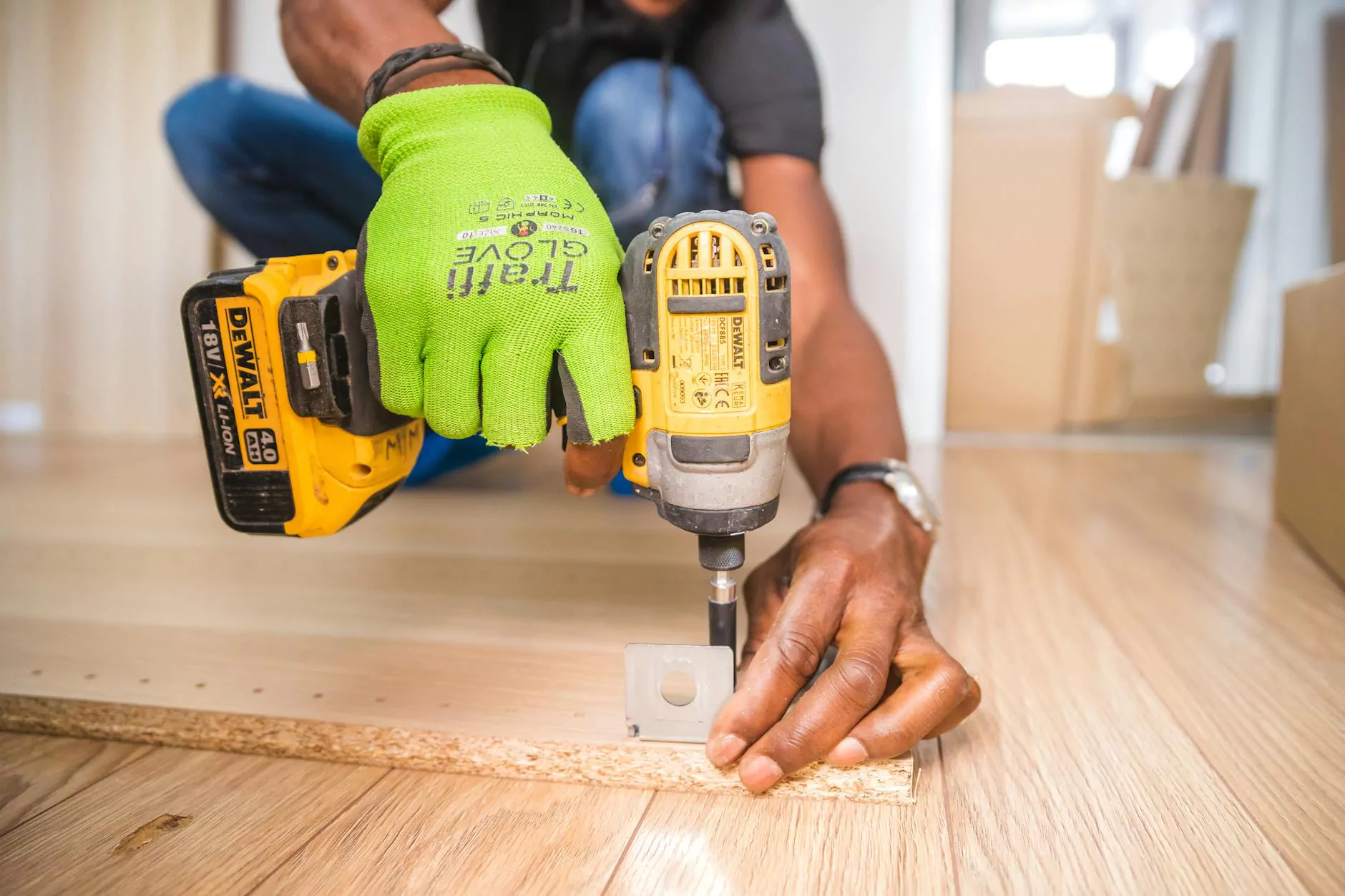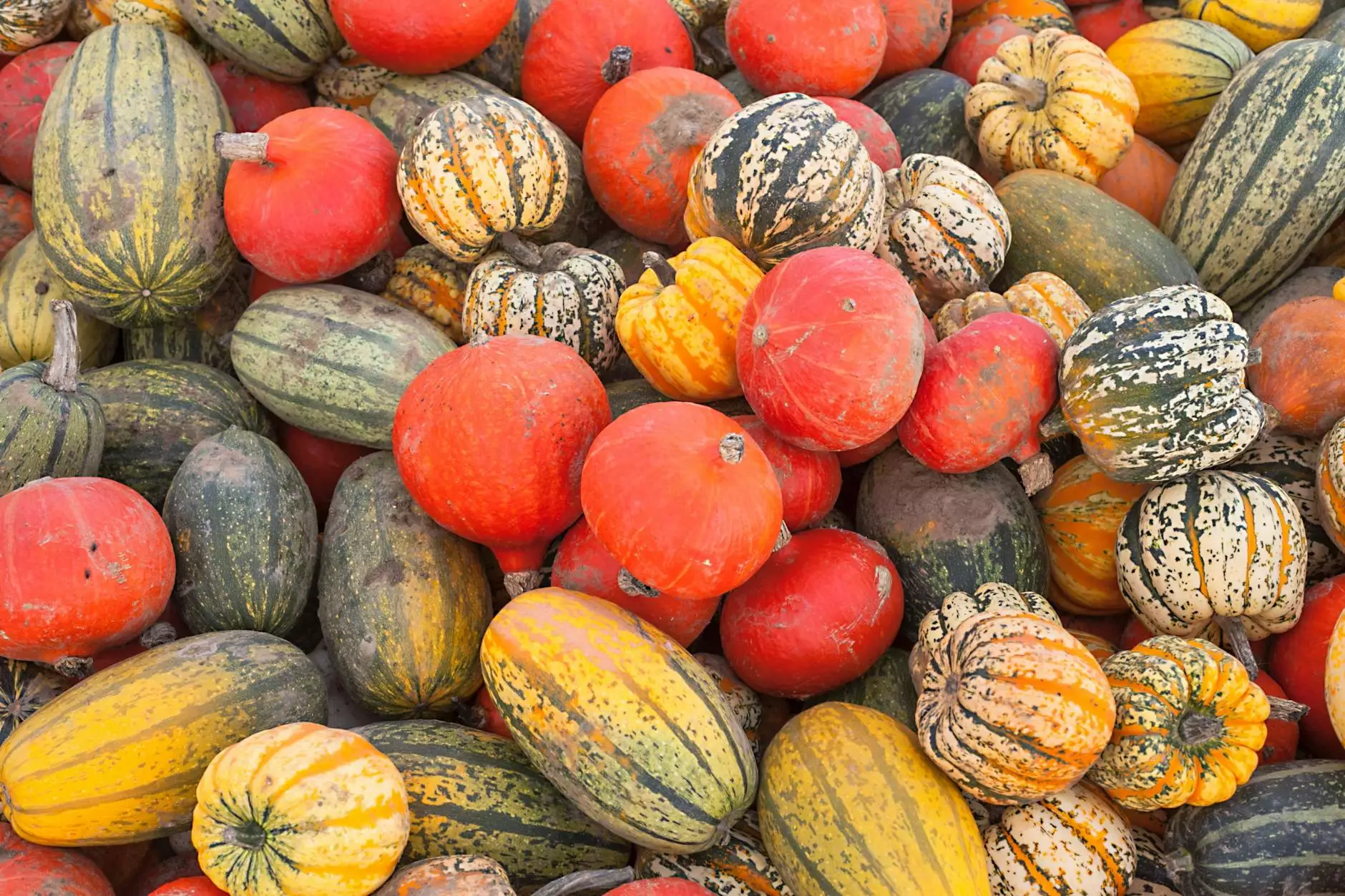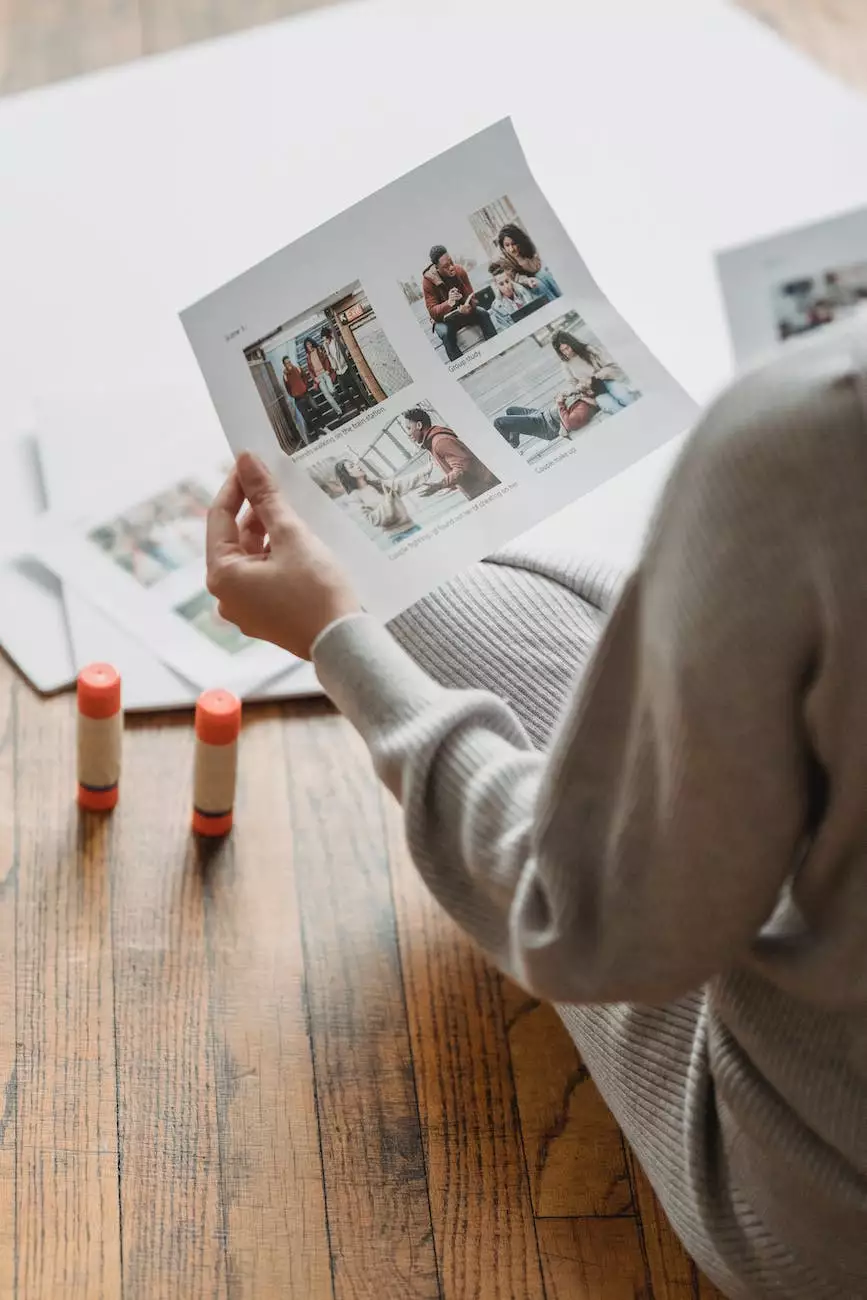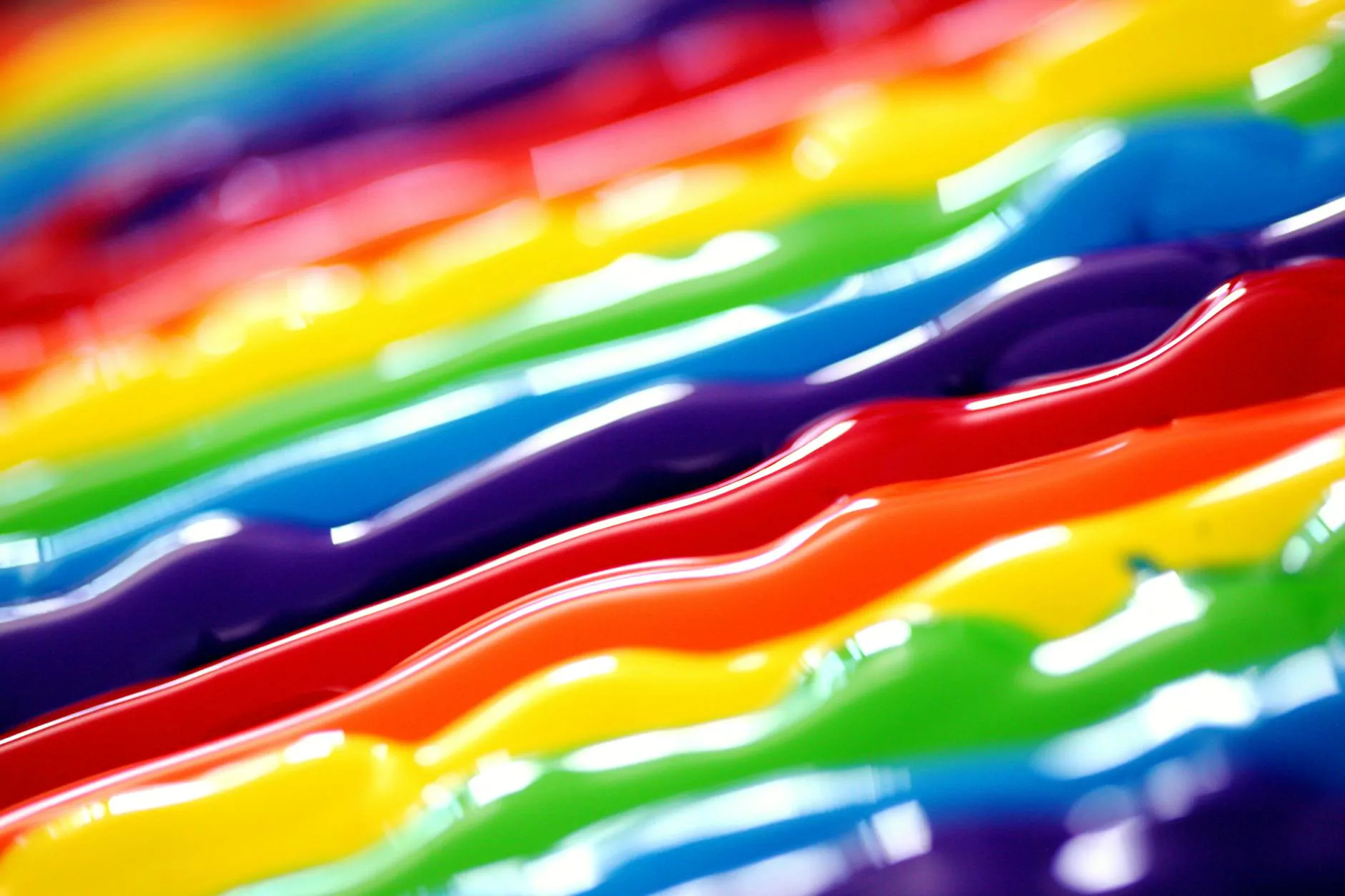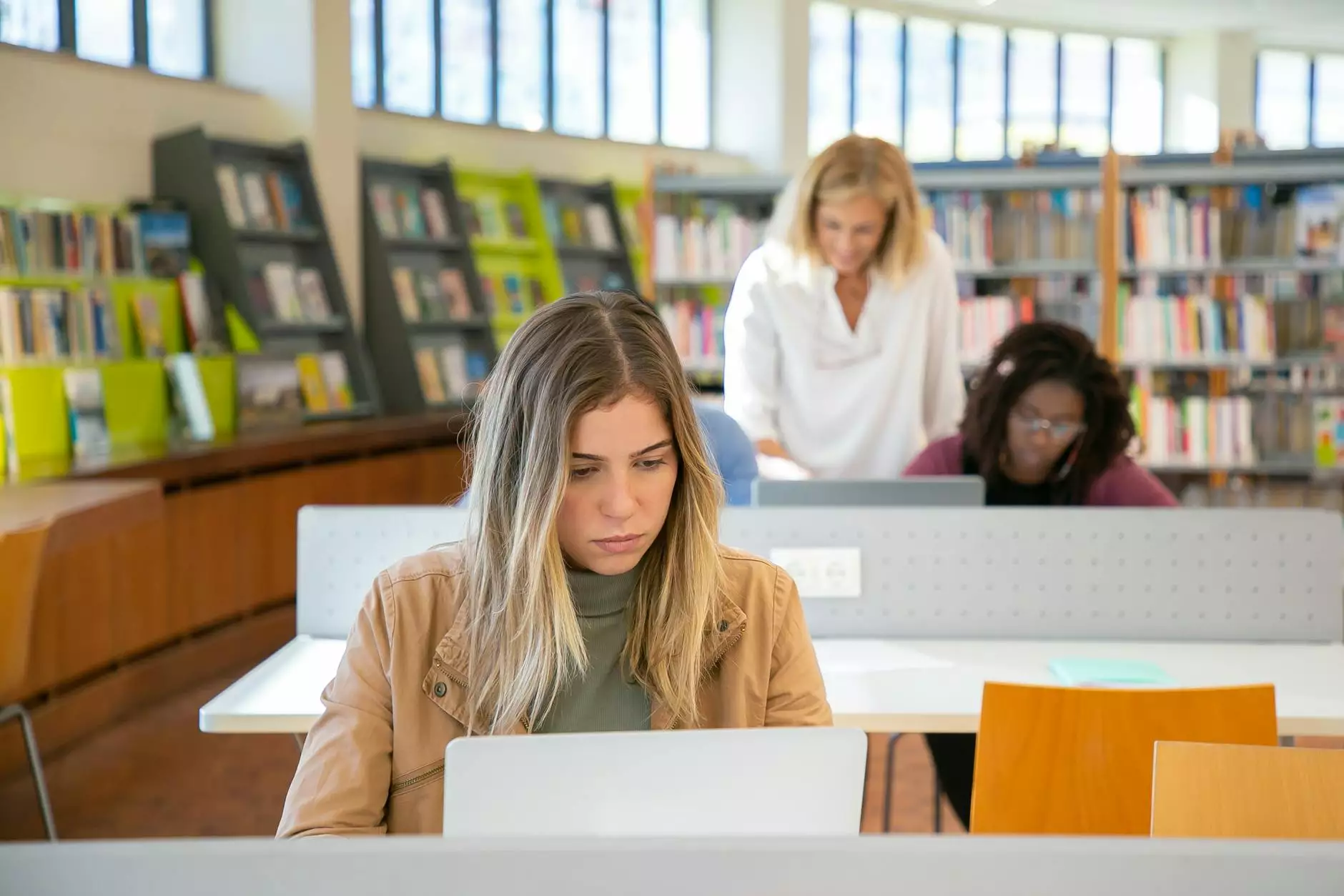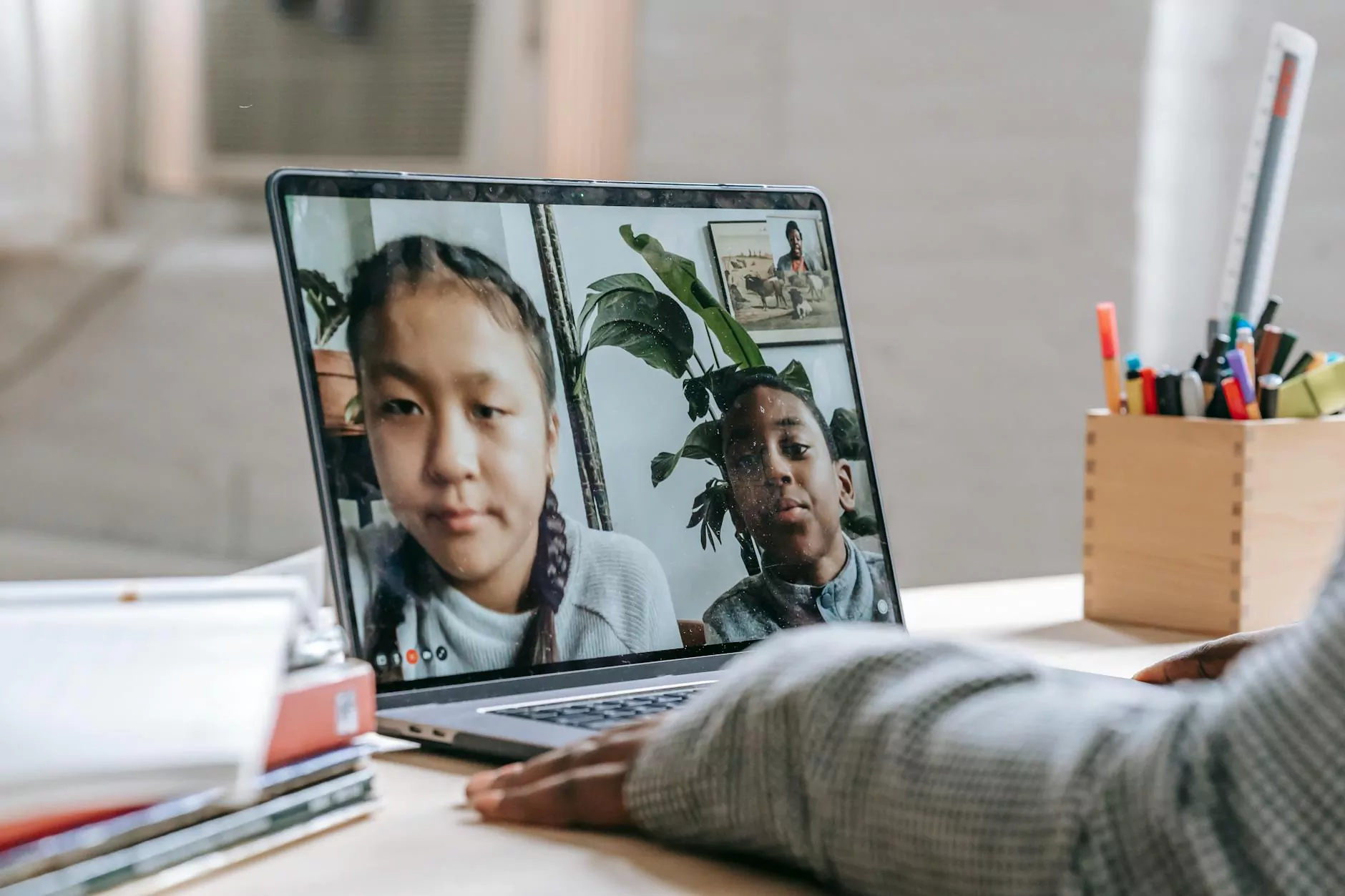STEM for Preschoolers: Lava Learning Lamp Experiment

About The Knowledge Nest
Welcome to The Knowledge Nest - your ultimate destination for educational resources, activities, and experiments designed to ignite a love for learning in preschoolers. We understand the importance of early childhood education and the role it plays in shaping young minds. Our platform aims to provide parents, teachers, and caregivers with valuable tools and ideas to engage, inspire, and empower children in their educational journey.
Introducing the Lava Learning Lamp Experiment
Looking for a fascinating science experiment that will captivate your preschooler's imagination? Look no further! Our Lava Learning Lamp experiment is a perfect activity to introduce your little one to the exciting world of STEM (Science, Technology, Engineering, and Mathematics).
In this experiment, children will explore the principles of chemistry and observe mesmerizing lava-like movements inside a homemade lamp. It's a hands-on, interactive project that encourages critical thinking, creativity, and scientific exploration.
The Science Behind Lava Lamps
Understanding the science behind lava lamps is key to appreciating the magic they create. The main components of a lava lamp are a liquid, typically oil or water, and an insoluble substance, usually wax or an effervescent tablet, that creates the blobs or "lava" inside the lamp.
The concept is based on density and buoyancy. When the lamp is turned on, the heat from the bulb warms the liquid, causing it to expand and become less dense. As it rises, it carries the wax or effervescent tablet with it. As the heated liquid reaches the top and cools down, it becomes denser than the liquid below, causing it to sink back down. This continuous cycle of rising and sinking creates the mesmerizing lava lamp effect.
Materials Needed
- A clear plastic bottle or glass container
- Vegetable oil or baby oil
- Water
- Food coloring
- Effervescent tablets or small wax cubes
- A flashlight or lamp
Step-by-Step Instructions
Step 1: Prepare the Lamp
Start by filling the clear plastic bottle or glass container about three-fourths full with oil. Leave some space at the top for the water and effervescent tablets or wax cubes.
Step 2: Add Water
Slowly pour water into the bottle, leaving about one inch of space at the top. The water and oil will naturally separate due to their different densities. Observe this phenomenon before moving on to the next step.
Step 3: Color the Water
Add a few drops of food coloring to the water. Watch as the food coloring sinks through the oil and mixes with the water below. The more drops you add, the more vibrant the color will be. Let your child choose their favorite colors and let their creativity shine!
Step 4: Add the Effervescent Tablets or Wax Cubes
Drop a small piece of an effervescent tablet or a wax cube into the bottle. Observe as it sinks to the bottom of the bottle.
Step 5: Illuminate the Lamp
Turn on the flashlight or lamp and shine it at the bottom of the bottle. Watch as the heat causes the liquid to expand, creating mesmerizing blobs that rise and fall. The light enhances the visual appeal of the experiment, making it even more captivating for your preschooler.
Exploring the Learning Opportunities
The Lava Learning Lamp experiment not only provides a visually stimulating experience but also fosters numerous learning opportunities for your preschooler:
1. Introduction to Chemistry: Through this experiment, children are introduced to the basic principles of chemistry, such as density, buoyancy, and chemical reactions. They learn that different liquids have different densities and can observe the mixing of oil and water.
2. Scientific Observation: Observing the movement of the colorful blobs in the lamp encourages children to pay close attention to details and make observations. They can describe what they see, predict outcomes, and ask questions about the process.
3. Cause and Effect: As children witness the impact of heat on liquid density, they grasp the concept of cause and effect relationships. They understand that the heat from the bulb causes the liquid to expand, enabling the movement of the "lava" inside the lamp.
4. Creativity and Personalization: Encourage your preschooler to experiment with different colors, amounts of food coloring, and even shapes of wax or effervescent tablets. This empowers them to express their creativity, make choices, and personalize their own lava lamp.
5. Critical Thinking: Engaging in the Lava Learning Lamp experiment sparks critical thinking skills, as children analyze and interpret the observed phenomena. They can discuss why certain liquids do not mix, or why the wax or effervescent tablet sinks or rises within the lamp.
The Fun Doesn't Stop Here!
At The Knowledge Nest, we believe that learning should be fun, engaging, and easily accessible. On our website, you can find a wide range of educational resources, activities, and experiments tailored for preschoolers. Join our community of parents, teachers, and caregivers, and discover a treasure trove of learning opportunities to enhance your child's educational journey.
Whether you're looking for science experiments, math games, crafts, or tips on early literacy, we've got you covered. Explore our blog, download free resources, and stay connected with experts in early childhood education.
Empower your child to be a curious learner, a critical thinker, and a lover of knowledge with The Knowledge Nest. Start exploring today!

